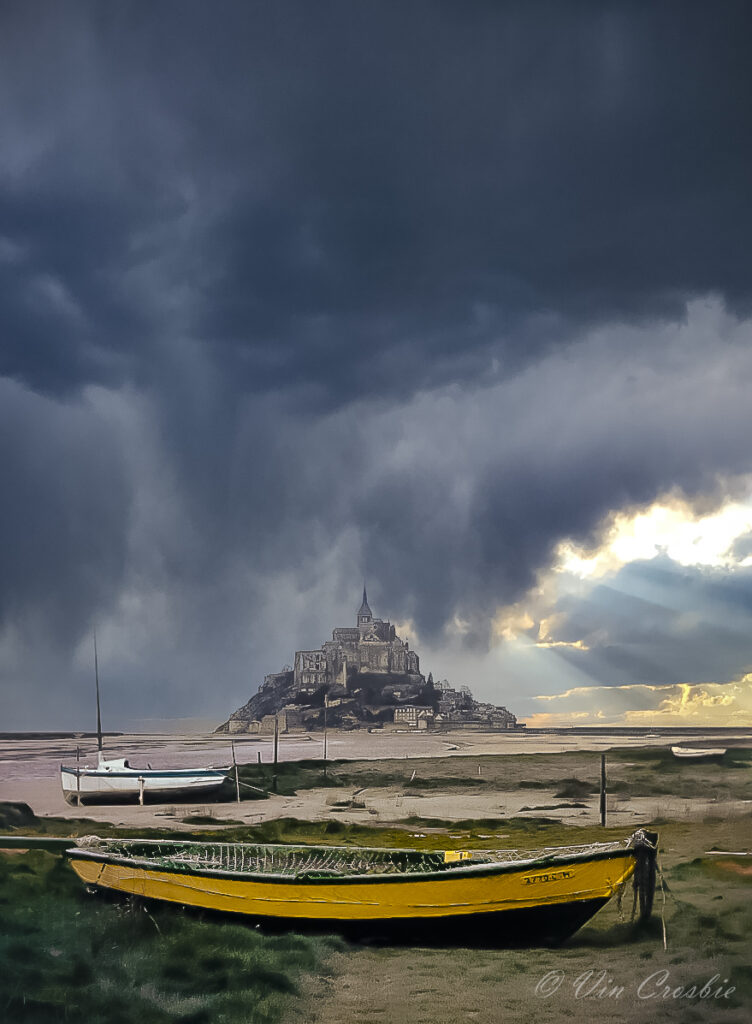With Friends Sailing a Felluca on the Nile
Why Online versus Printed Books

I don’t know how many printed books I’ve read so far (22 years) this century, but I do recollect that I have read only one printed book during the past five years. That is because there was no online version of that obscure book about specific episode in the colonial history of eastern Connecticut. It was a book published during the early 1970s and which I inherited. I remember thinking how inconvenient reading a printed is: I could read it only during the daytime or where after the sunset I had sufficient electric lighting (certainly not in bed lest I wake my wife).
Meanwhile, I read 552 books online since 2008. Although I’ve owned a RCA eBook reader since 2001 (when I was invited to RCA’s research laboratory to consult briefly about the devices applicability for reading periodicals), 2008 was when I purchase my first Amazon Kindle eBook reader. It was the first generation of that device, which used electronic ink, rather than a LED screen, to display type (no photos, no graphics, no color, only black & white), and, like a printed book it could be read only where there was daylight or electric lighting; but its direct free wireless (via mobile telephone circuits) connection to Amazon’s book store, as well as its ability to run for weeks on a charge, forever changed my reading habits. About ten years ago, I stopped using electric book reading devices and switched to using the Amazon Kindle app on my desktops, laptops, and smartphones.
On those devices, particularly the smartphones, I don’t have to worry about daytime or electric lighting when reading (indeed, I can easily adjust my smartphone’s Kindle app to display white type on a black background, just bright enough to read in the dark of a bedroom so not to wake my wife). Moreover, all my devices that have the Kindle app synchronize with each other so that, for example, this morning my desktop computer goes automatically to where I left off in a book last night. An each of the 552 books I’ve read online since 2008 are not only instantly accessible wherever I am with my smartphone or the other devices, but I can electronically search through any one or all of them. Which book noted that “conservativism really does speak to and for people who have lost something.” Oh, yeah, that was on page 58 of Corey Robin’s The Reactionary Mind: Conservatism from Edmund Burke to Sarah Palin. Or it might show such reference across multiple online books I have purchased (such if I ask it to find me a specific topic in books about software or camera manuals. I can do none of these things with physical bookcases or bookshelves. I can’t imagine living without such convenience!
My such heavy use of ebooks alarms some of my older friends. “But what about the physical sensation of holding a printed book, of feeling its pages, even the scent of printed pages?” Well, yes, I do like the feel or leather jackets, too, but such clothing isn’t convenient in in all conditions (nor have I had a paper cut in ten years). I believe the future of printed books is like the future of compact discs (CDs) and digital versatile discs (DVDs): perhaps you will own in those physical formats a copy of your favorite book, musical album, or movie, but you will likely use only streaming or downloadable versions of most books, music, and movies. Indeed, this conversion is already happening worldwide. By the way, although I’ve digitized all my music, I still own a music record player and a few vinyl long-playing (LP) music discs. But as a character played by Tommy Lee Jones in the movie Men in Black remarked about extraterrestrial technology, “Just another new for a copy of the Beatles’ White Album“)
Squall at Mont-Saint-Michel
Thanks to some of the new ‘neural filter’ settings in Abobe Photoshop, I’ve been reprinting some of my previous years’ photos to increase their dynamic range. Both of these photos were taken within in 25 kilometers of each other on the same blustery April day. The second photo (below) is the town of Saint-Malo take from Fort National at low tide.
The Canaries for the Holidays
As usual this time of year, Emma and I are spending December and January at our home in her native Las Palmas de Gran Canaria, the most populous (380,000) city in Spain’s Canary Islands. Although we’ve been here a few days, I am still jetlagged!
Fast Landing in the Canaries
A 45-second timelapse of the final five minutes of flight into Gran Canaria’s Gondo Airport (LPA).
Returned to Eastern Connecticut

NEARLY FOUR DECADES AFTER I LEFT, I have returned to my native land. A region the U.S. National Park Service has designated ‘The Last Green Valley’. It is a roughly 20-mile (32 km) swath of forests that extend from the Atlantic salt waters of Long Island Sound, north through eastern Connecticut, and into parts of central Massachusetts. In nighttime satellite photos of the 250-mile (400 km) wide American megalopolis stretching from Washington, D.C., to Boston, this regional appears dark because it is the only undeveloped region amid that 50-million person megalopolis. It is the watershed of Connecticut’s Thames River and it consists of 1,100 square miles, 77 percent of which is simply forest.
I was born in Willimantic (population 15,000), the fourth-largest of the region’s 35 towns. I left this region in 1983 for a larger world, but last week moved from that world into tiny Taftville (pop. 7,000), a half hour downriver from my birthplace. There my wife and I have a three-bedroom duplex in a converted mill overlooking a lake and very wide waterfall. When this mill was built in 1866,, it was the largest (430,000-square-feet/40,000 m2) thread mill in the world for several years. My Irish great-grandparents each emigrated here during the 1880s, met and married. She worked in the mill; he on the railroad that serviced it. I now live in that mill.
My wife and I live part of each in the United States and the other part of the year in her native city (population: 380,000) in Spain’s Canary Islands. A three-bedroom duplex in a converted mill overlooking rural Shetucket Falls here in eastern Connecticut costs less than a studio apartment would have in the New York City suburb of Stamford, Connecticut, where my wife and I were living. Moreover, our new place lacks the four-figure monthly commons/homeowners charge that we have been paying where we had been living at what before February had been known as Trump Parc Stamford.


World Media Economics & Management Conference (Postponed until 2023!)
UPDATE: Due to the COVID situation in South Korea, this conference has been rescheduled until 2023.
I spoke at the World Media Economics & Management Conference this year in Rome, and am looking forward to next year’s conference, which will be held in Seoul [7-minute conference preview video].
The paper I presented in Rome explains what have already begun superseding Mass Media as the predominant means by which people obtain news, entertainment, and other information, as the Industrial Era wanes and the Informational Era dawns. The peer-reviewed Journal of Strategic Innovation and Sustainability published the paper two weeks ago.
When Molten Lava Enters Swimming Pools
A two-minute video clip from the Canary Islands volcanic eruption.
Volcano Erupts in My Wife’s Native Islands
In the south of La Palma, one of Spain’s Canary Island of La Palma, a volcano has erupted between two village in Cumbre Vieja national park. Elsewhere in the Canary Islands is the sites of Spain’s highest point, the dormant volcano Teide (3,715-meter or12,188-foot), which is also the highest point along the Atlantic Ocean. Off El Hierro island, an undersea volcano has been erupting during recent years. And the island of Lanzarote is the site of more than 30 extinct or dormant volcanoes (as well as a restaurant that use a volcanic vent to grills meat).
Flying into Lisbon (4K video)
FOR MY FRIENDS WHO ARE ‘ARMCHAIR’ TRAVELERS and need a scenic, seven-minute breaks. Although the weather in this video is so perfect that it looks more like a Microsoft Flight Simulator artificial view than reality, it is the actual view outside the window of seat 1A while TAP Air Portugal’s Flight #1117 makes its final descent into Lisbon’s Humberto Delgado international airport.
It starts with a view of the Atlantic Ocean and the ‘Portuguese Riveria’ where the resort towns of Cascais and Estoril are located, with the Sintra Mountains in the background. Then the mouth of the Tagus River (Portuguese: Rio Tejo) appears as the aircraft steadily descends. At the 1:45 mark, the 16th Century Belém Tower (Portuguese: Torre de Belém) monuments rises above the northern bank of the river, with the Jerónimos Monastery (Portuguese: Mosteiro dos Jerónimos) two blocks behind it. The flight path then passes over the heavily-forested Monsanto Forest Park (Portuguese: Parque Florestal de Monsanto) at the center of the city. I regret that this descent doesn’t the old parts of this ancient city, only the new parts of the Portuguese metropolis. The airliner lands at the four-minute mark, then taxis to the airport terminal.
If you ever have the chance, visit Lisbon. It is a lovely, charming city, full of friendly people, history, and excellent cuisine. I’ve loved it ever since my first visit in 1970.
The State-of-the Arts in Robotics
A 16-minute overview. It has a bit of snark, but overall is good.
Speaking of which, Toyota has built a robot that can score more basketball shots than any human player. For its full story, click here.
I wish that New York City provided the live subway information that Tokyo does.













